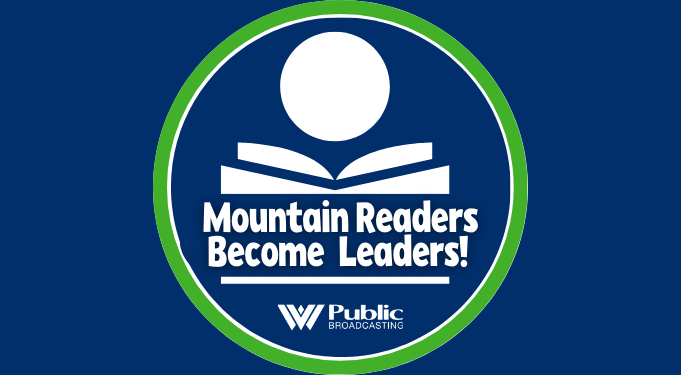Encore: The Grand March And A Year After A Denied Abortion, Inside Appalachia
This week, for nearly a century, the Kentucky Mountain Laurel Festival has staged a formal dance. Organizers rely on a manual that’s been passed down for generations. Also, abortion is illegal in most cases in Tennessee. So what happens after a birth? A photographer followed one mother for a year. And, new prisons are touted as a way to bring jobs to former coal communities. Not everybody agrees the trade-off is worth it.
Continue Reading Take Me to More News





















